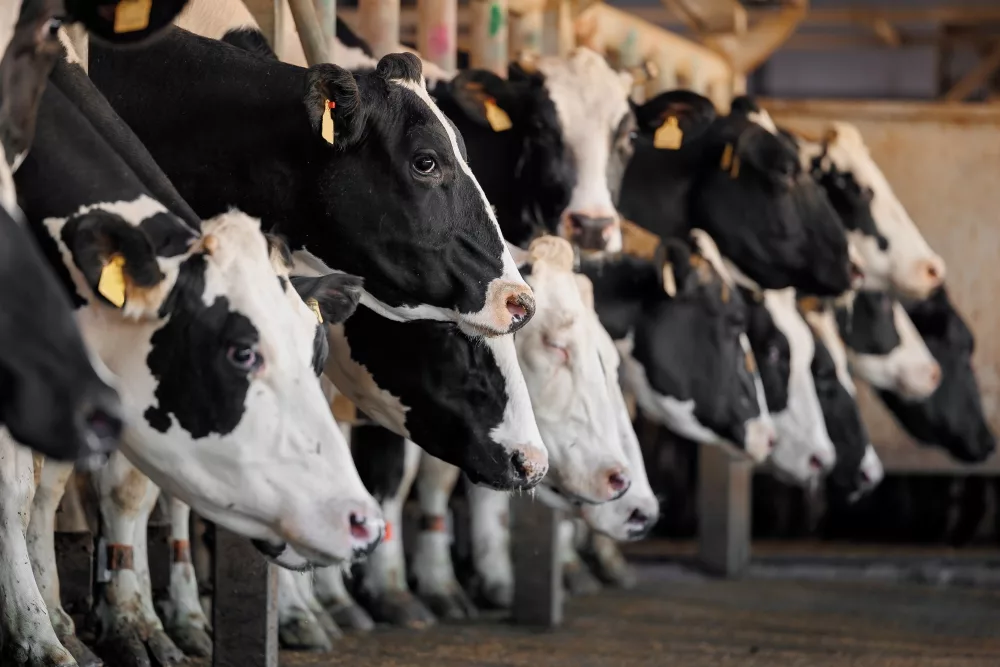
Foliar disease pressure for corn has been fairly quiet, but that doesn’t mean growers shouldn’t be paying attention.
This time in the season, Dr. Marty Chilvers of MSU, said black tar spot can ramp up with a longer dew period and longer nights.
“You’ve got more potential for that fungus to infect the plants and create more issues,” he said. “Leaf wetness is really key to that disease developing and we have more of that this time of year.”
Some irrigated fields are expecting to see a 20 bpa loss from tar spot this year. Dryland fields have also been seeing several cases.
“It’s amplifying very quickly this month,” said Chilvers. “It potentially leads to stalk integrity issues, and it can potentially shut the plant down early and lead to lodging issues.”
Last year, the majority of Michigan’s counties had confirmed cases of tar spot. According to Chilvers, the disease has been found in more than 20 Michigan counties, but that number will likely grow.
“If it’s been recorded as being positive in the past, more than likely it’s out there—it’s just hard to find because it survived in the residue,” he said. “This season we are behind 2019 in terms of the number of counties concerned. It’s starting to creep up as we get into September and cooler conditions.”
With being so far ahead on growing degree units, Chilvers added that it’s too late to apply a fungicide to manage black tar spot to see a good return on investment. If you suspect tar spot in your field, contact the MSU Plant and Pest Diagnostics Lab.





